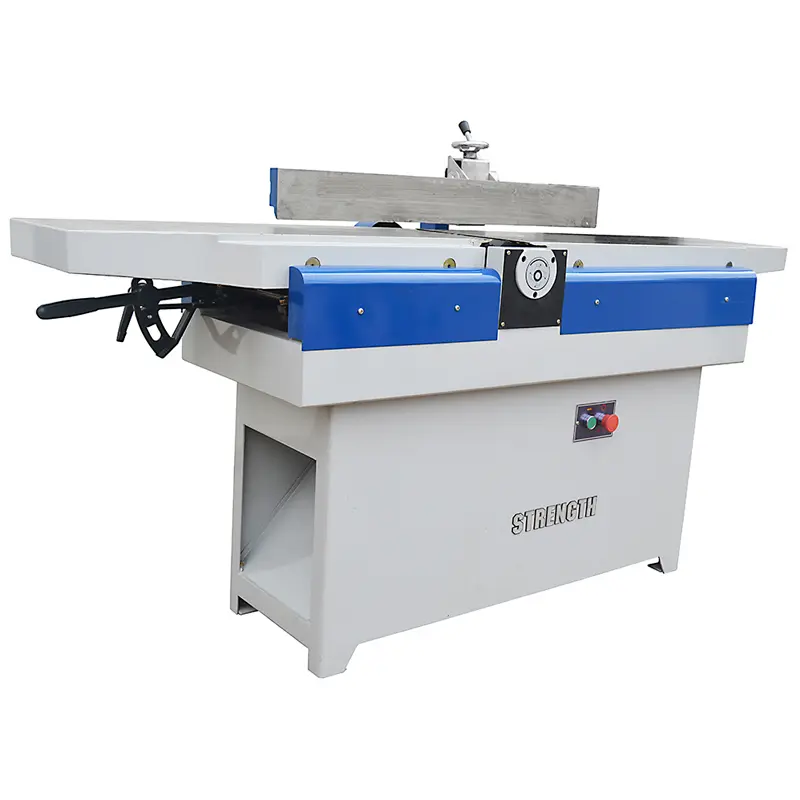If you are a woodworking enthusiast or professional, you probably understand the importance of having the right tools for the job. Splices are an important tool that is often overlooked. In this article, we’ll explore the role of a jointer in woodworking, its capabilities, and why it’s an indispensable tool for achieving precise and professional results.
So, what does a connector do? A jointer is a woodworking tool designed to create a flat surface along the length of a board and square the edges of the board. It is often used to prepare wood for further processing, such as joining boards together, making tabletops, or building furniture. The joint consists of a flat, elongated bed and a cutter head with a rotating blade. The sheet is fed into the bed, and rotating blades remove surface material, resulting in a flat, smooth surface.
One of the main functions of a jointing machine is to flatten sheet metal. When using rough or reclaimed wood, the surface of the board may be uneven, warped, or contain defects. By passing the sheets through the jointing machine, uneven surfaces are shaved away and a consistent, flat surface is obtained. This is critical to ensuring that the boards fit together seamlessly when attaching them to tabletops, cabinets, or other woodworking projects.
In addition to flattening the surface, joints are used to square the edges of the board. When working with rough wood, the edges may not be completely straight or perpendicular to the surface. Using connectors, woodworkers can create clean, straight edges, which is critical to creating a strong and seamless joint when joining boards together. This kind of precision is essential for achieving professional results in woodworking projects.
Additionally, connectors are used to create notches and chamfers on the edges of boards. A notch is a groove or groove cut into the edge of a board, while a chamfer is a bevel. These features add decorative elements to woodworking projects, such as picture frames, moldings, or door and window frames. The connector’s versatility enables woodworkers to create custom edges and profiles, adding unique and intricate details to their pieces.
It’s worth noting that while a jointer is a versatile and valuable tool in woodworking, it requires proper technique and safety precautions to operate. The rotating blade on the cutter head can be dangerous if not handled properly. Woodworkers should always wear appropriate safety gear, such as goggles and hearing protection, and be familiar with the manufacturer’s instructions for safe handling of connectors.
All in all, jointers are an essential tool in woodworking and are essential for creating a flat, smooth surface and straight, square edges on boards. Its versatility allows for customized edges and profiles, adding unique details to woodworking projects. Whether you are a woodworking enthusiast or a professional craftsman, investing in connectors will undoubtedly improve the quality and precision of your woodworking work. With the proper techniques and safety measures, joiners can be a game changer in achieving professional results in woodworking.
Post time: Feb-23-2024

